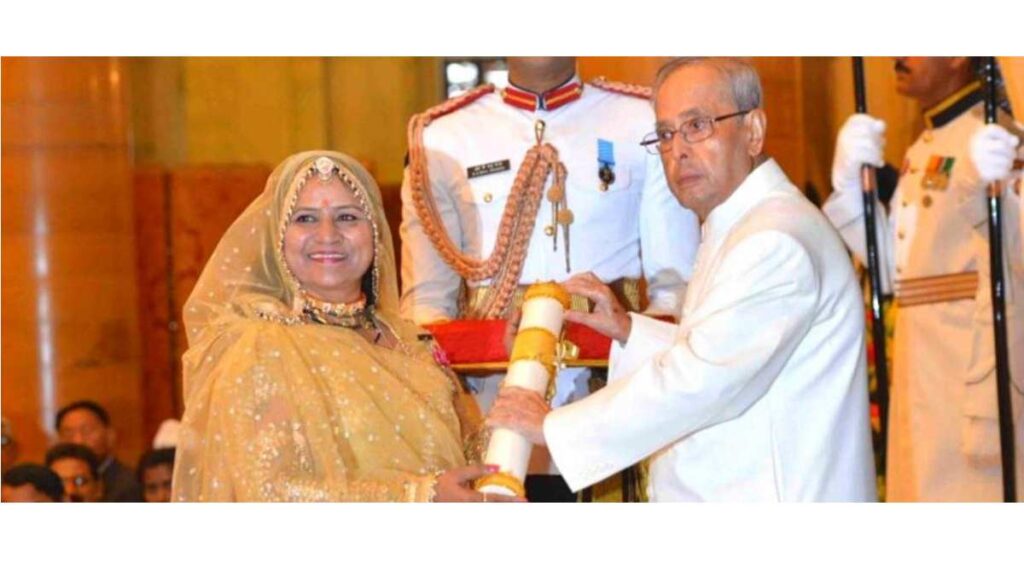
I dance because there’s no greater feeling in the world than moving a piece of music and letting the rest of the world disappear. Every day may not be good, but there is something good in every day. Dance is the joy of movement and the heart of life. My life story is straight out of a film with many highs and lows. It is my attitude of making the world a better place through my art that is the hero, or rather heroine.
Where there’s life, death is inevitable. Dying is easy; it’s living that’s hard. I was buried alive for nearly seven hours before my mother and aunt dug my grave and pulled me out.. I don’t know if it was the grass covering the soil that helped me breathe or simply a fighting spirit that gave a one day old baby from Ajmer’s Kotda village the strength. But I refused to give up on myself. I bloomed in the patriarchal landscape of Rajasthan and went on to create history.
My father was out of the station when I was born. Upon his return, he learned about the unfortunate incident that was a result of female infanticide. It was a practice that was prevalent in many parts of Rajasthan. He called them out for their inhuman treatment of a newborn. Furious with the man’s fight for equality, the village heads ostracized the family.
My father was a sapera or snake charmer who would go around the village with a basket of snakes to put up performances that would typically include hypnotizing snakes with an instrument called a pungi, juggling, and other such acts. When I turned one, I was originally named Dhanvati. I fell seriously ill and the doctors almost gave up on me, but once again I fought hard to live. A rose was placed next to the clinic. Seeing the flower as a sign of goodwill, my father changed my name to Gulabi. When I was barely six months old, my father started taking me on his performances. I’d effortlessly tap to the tunes of pungi alongside the snakes and would copy their movements. From them, I learned twirls and flexibility that later became the base of my brand of sapera dance.

The journey from dancing with snakes to being spotted by Tripti Pandey and Himmat Singh, who worked with the Rajasthan Tourism Department at Pushkar Mela has been huge. I also had the honour to receive a Padma Shri award from the then President Of India, Mr. Pranab Mukherjee. Dancing is so much more than just grooving on the dance floor to your favorite tunes. You’ll be surprised how many benefits are associated with dancing. Not only does it train your brain and your body’s motor skills but it also is an excellent exercise for your entire body. I took my passion to grow as a dancer and welcome new developments very seriously. No wonder that, even at 49, I learned video calling to launch online dance classes. The money I earn is used to support sapera dancers who are out of work due to the pandemic.
If you have the opportunity to play this game of life you need to appreciate every moment. A moment is rarely appreciated until it’s passed. I took an opportunity and went for the performance. In the early 80s, I began a new phase of life after moving to Jaipur, one of India’s busiest cultural hubs, where people were less conservative. I became a part of the state’s cultural and tourism department. There, I started working on polishing my dancing skills. I created my costume of the flowing black ghagra-choli and dupatta with decorative laces. The mirror work on the lehenga helps attract the attention of the audience.
From snakes, I learned how to form a U-shape with the body, hip moves, and swirls. It is mainly performed on the beats of the dafli, manjeera, dholak, and chang (types of percussion instruments). There are no prerequisites to this dance. All you need is passion. Over the years, I mastered the craft and participated in various functions organized by the government and even got an opportunity to be a part of the government’s contingent traveling to Washington D.C. for a show in 1985. Performing on the international stage was the turning point of my life and there has been no looking back since.
Life is either a daring adventure or nothing at all. While there were glamour and appreciation, the journey has not been anything without its share of challenges. Even after being a part of so many shows, there are days when I and the other artisans like me are out of work. As artisans, we do get a lot of respect but we also need money to survive and this is something that the government needs to take care of. Late Prime Minister Rajiv Gandhi had started with zonal cultural centers, but very little is reaching to the deserving. With recorded music, TV, films and so many other available options, we are losing on our cultural heritage. The government must do something more constructive. We, as citizens, must respect our culture and should start showing interest in these art forms.
I run my academy, “Rajmata” where we invite-only authentic folk artists from Rajasthan to conduct workshops. Lockdown has further created problems for artisans. We’ve received a minimal ration from the government but one dancer has to share it with a family of four or five, which is not enough. No solution that can create an alternate livelihood has been implemented. Dancers like me have the internet so we are managing but what about those who don’t? Despite such difficulties, I’ve managed to stay true to the art while creating my path and carrying forward the legacy. I can be changed by what happens to me but I refuse to be reduced by it.



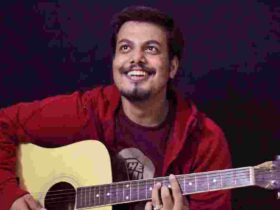
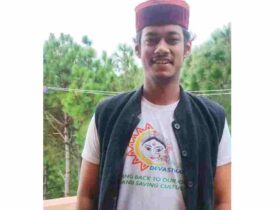
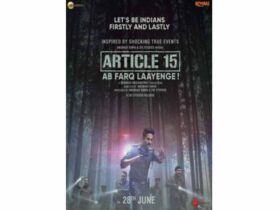

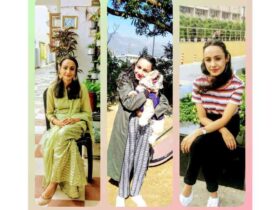
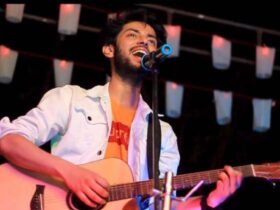
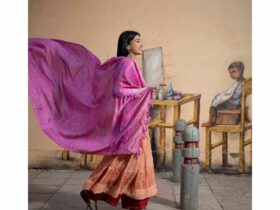

17 Comments
View Comments